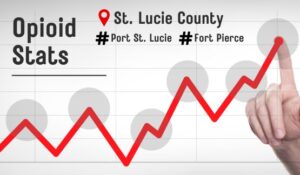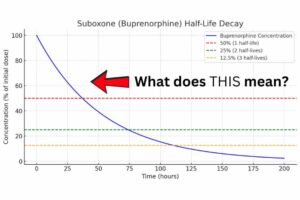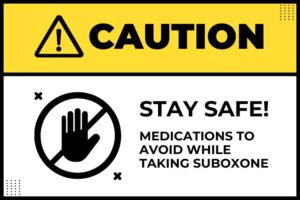Introduction to Suboxone Treatment
Suboxone is a medication commonly used in the treatment of opioid addiction. It contains buprenorphine and naloxone and is used as part of medication-assisted treatment (MAT) to help manage withdrawal symptoms and reduce cravings. Here’s a guide on how to start treatment with Suboxone, what you can expect, and the support available.
Step 1: Consultation and Evaluation
The first step in starting Suboxone therapy is to consult with a healthcare provider who is qualified to prescribe Suboxone. This may involve:
– An initial screening for opioid dependency.
– A complete medical history review, including discussions about your mental health.
– Blood tests or other medical tests to assess your overall health status.
Step 2: Induction Phase
Once you are deemed a suitable candidate for Suboxone therapy, you will begin the induction phase. This is a critical step and typically starts when you are in the early stages of opioid withdrawal. Key aspects include:
– Starting your treatment under the supervision of your healthcare provider.
– Finding the right dosage that effectively alleviates withdrawal symptoms without causing sedation or euphoria.
Step 3: Stabilization Phase
After the correct dose is established, you will enter the stabilization phase. During this stage:
– The frequency of your medication intake may be adjusted.
– Your doctor will monitor your response to the medication, ensuring it effectively manages your cravings and withdrawal symptoms.
– Counseling and behavioral therapies are often recommended to support recovery.
Step 4: Maintenance Phase
The maintenance phase is an ongoing process where Suboxone is used as a long-term treatment solution. Key components include:
– Regular check-ins with your healthcare provider to monitor the effectiveness of the treatment.
– Continued counseling and support groups to help sustain recovery.
– Adjustments to the dosage of Suboxone, if necessary, based on your long-term response.
Step 5: Tapering Off (if applicable)
Depending on individual goals and progress, some may choose to taper off Suboxone. This should always be done under the supervision of a healthcare provider and can include:
– Gradually reducing the dose over time to minimize withdrawal symptoms.
– Continued support and monitoring to manage any potential relapse risks.
Expectations from Suboxone Therapy
Patients should have realistic expectations about the journey of recovery with Suboxone:
– Suboxone is highly effective in managing opioid addiction but works best in conjunction with counseling and support.
– Recovery is a long-term process with ups and downs; commitment is key.
– Regular communication with your healthcare provider is essential to adjust the treatment plan as needed.
Starting treatment with Suboxone is a significant step towards recovery from opioid addiction. By understanding the steps involved, knowing what to expect, and utilizing the available support, individuals can embark on a journey toward a healthier, substance-free life. Always ensure that you are working closely with a healthcare provider who can guide you through each phase of the treatment.









